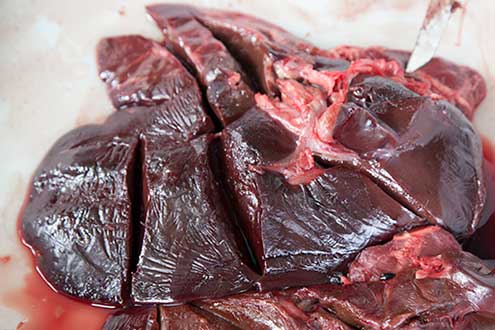Regional round-up of key veterinary issues

 Laurence Allwood
Laurence Allwood
Willows Vet Practice, Cheshire
We have seen a high number of milk fever cases possibly linked to the autumn grass. While grazing dry cows on plentiful autumn grass seems attractive, it interferes with efforts to reduce milk fever. Grass has a high calcium, high potassium and low magnesium content and the cow does not mobilise her body stores. Tight stocking, magnesium supplementation and provision of an alternate forage – for example, whole crop or straw – can help redress the mineral balance.
I have also diagnosed coccidiosis in older calves on a number of occasions. In one case, I identified overstocking and close contact with older cattle as risk factors. A soiled and leaking water trough causing wet bedding was a concern in another. Attention to housing conditions is important; you are striving for a well-ventilated environment that is dry and free from draughts at stock level causing a minimum of stress.
 Seamus Finnegan
Seamus Finnegan
Armour Vets, Ayrshire
Liver fluke continues to be a major concern in the west of Scotland. Active liver fluke infection in both cattle and sheep has been highlighted, mainly at slaughter, with condemnation of livers being all too common. As many of these animals have been treated following recommended protocols, it is worrying this may indicate an ever increasing resistance to certain flukicides.
Due to this we have been carrying out more post-dosing fluke egg count checks. This is a good way to check that products are being used appropriately and to demonstrate whether or not there may be resistance present on farm.
 Paddy Gordon
Paddy Gordon
Shepton Vets, Somerset
The effect of summer’s high temperatures and grazing on our dairy farms are clear, with lower numbers of cows served and pregnant. We’ve also seen reduced milk proteins, thinner cows and high ketones on testing.
We used to carry out a blood profile in the winter, but it’s now clear monthly testing for ketones is essential to identify changes in nutritional status. This has allowed us to identify problems early, increase feed inputs and lessen the effect of reduced intakes on fertility.
 Steve Glanville
Steve Glanville
Hook Norton Vets, Oxfordshire
As autumn arrives, we are experiencing some unexpected losses in the weaned and breeding replacement sheep.
The main problem is pasteurellosis, with the first sign being sudden death. This has been occurring even in vaccinated sheep and has coincided with the change in weather. Prompt diagnosis is vital and requires a post-mortem on freshly dead carcasses, as even after 24 hours decomposition makes diagnosis impossible.
Treatment may involve boosting immunity against pasteurella using a vaccine, treating concurrent disease problems and in severe outbreaks, metaphylactic antibiotic use may be prescribed by your vet.
Vet Viewpoint is a regional monthly round-up of key veterinary issues from members of the XL Vets group.
Keep up to date with the latest livestock news
